Be sure you understand the dynamics of your student loan repayment options
After finishing college, many graduates feel helpless when it comes to tackling their student loan debt. Often, programs that are designed to help in paying for college are either not advertised outright by a lender or appear to have a lot of limitations.
For example, there is a wide disparity between the programs available to graduates who took out private loans to finance their education and those who went about borrowing from the federal government. Private loans aren't eligible for federal relief programs such as Income-Based Repayment and Public Service Loan Forgiveness – two initiatives which have proven to be a boon for thousands of former students. And, the Consumer Finance Protection Bureau has reported in past studies that private lenders are not always flexible in allowing borrowers to negotiate affordable payment opportunities.
There are different kinds of student loan repayment options available to certain demographics after graduation that can help individuals pay off their student debt burden after they earn their degree – whether they borrowed from a private or a federal mortgage lender. The John R. Justice Student Loan Repayment Program, for instance, is one such initiative that aids federal public defenders and state prosecutors after graduation. However, one aspect of this program is that the funds are dispersed as a lump sum, which, for students who are already taking advantage of federal income-based repayment options, will only count for one of the 120 installments that must be made toward a loan to earn debt forgiveness.
This is why students need to read between the lines and not sign onto any debt forgiveness programs without first discussing their options with experienced financial aid consultants .
